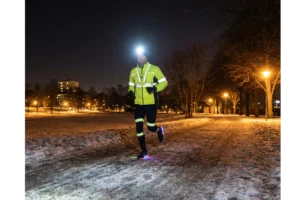START
STRENGTH TRAINING
Strength Training is an empowering exercise strategy that builds muscle and endurance through weight lifting and resistance, sculpting a stronger, healthier you
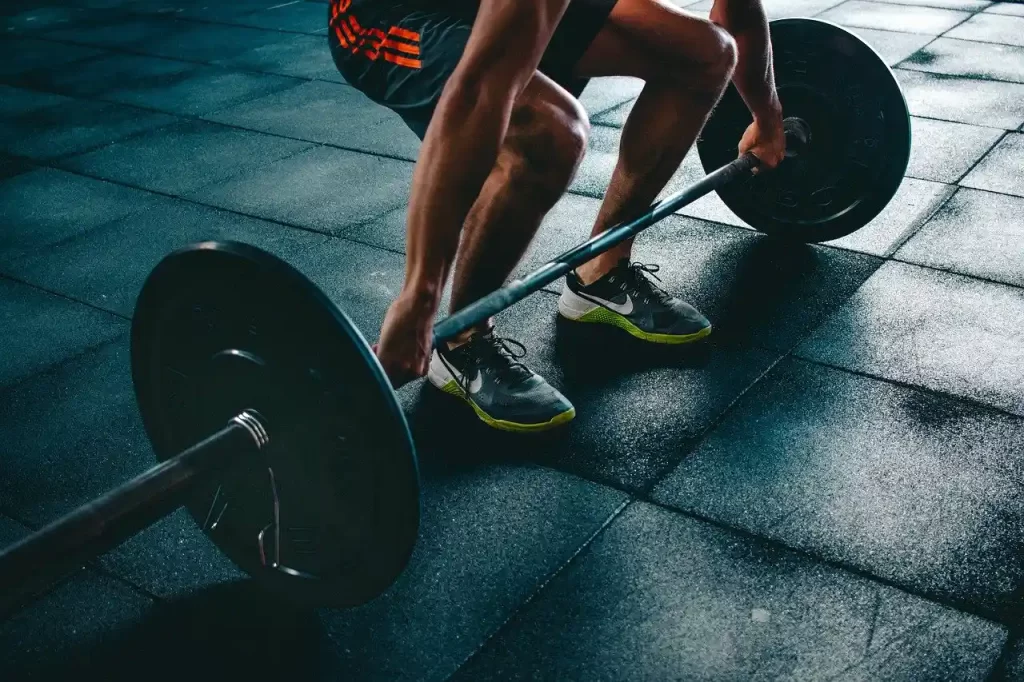
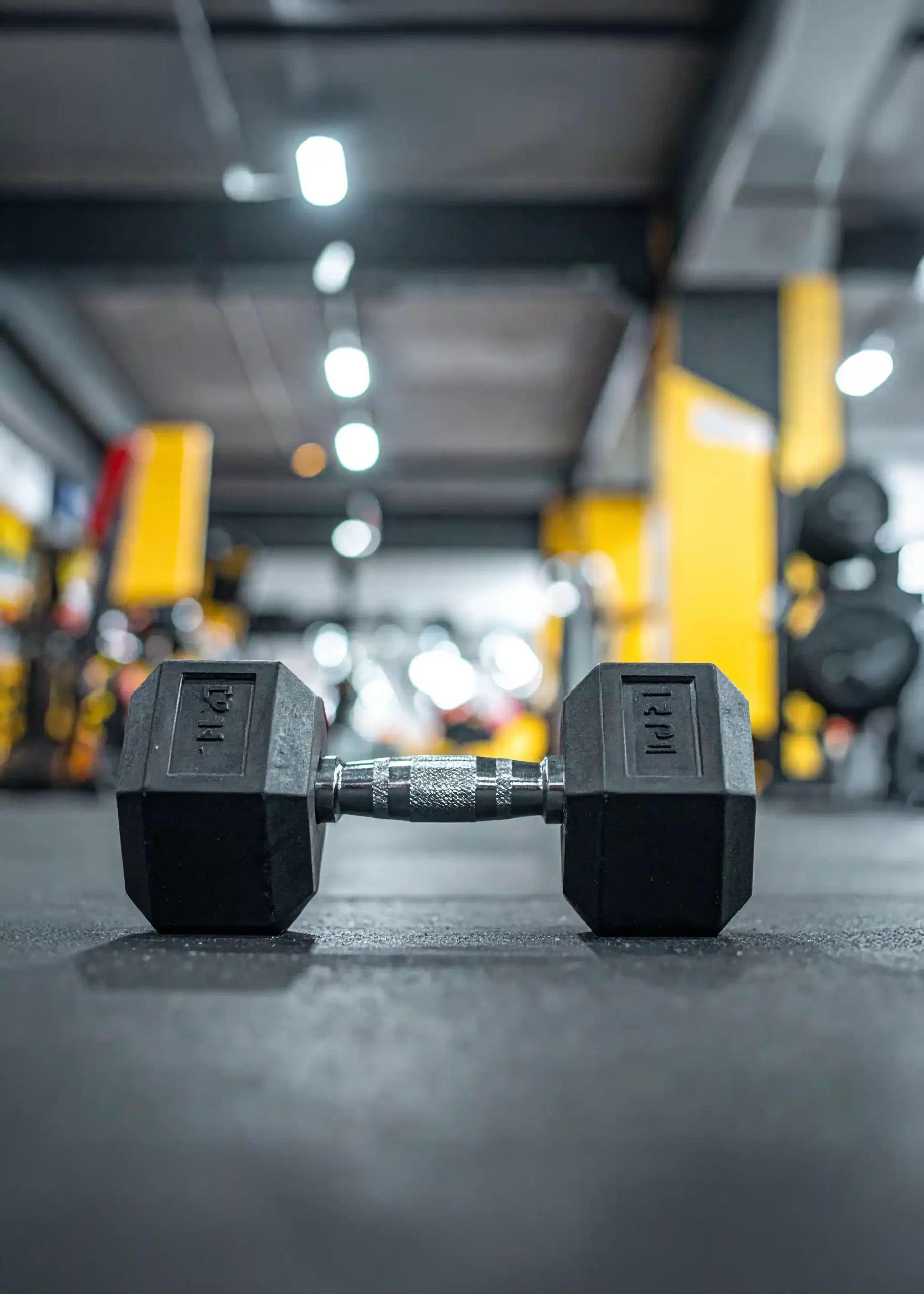
TIPS TO START
- Start Strengh Training with the Basics: Learn fundamental exercises like squats, deadlifts, and presses. Mastering these will provide a solid foundation.
- Focus on Form: Prioritize learning correct technique to maximize gains and minimize injury risks. Consider using mirrors or recording your sessions to check your form.
- Gradual Progression: Begin with lighter weights to get accustomed to the movements. Increase weight and intensity as you grow stronger.
- Incorporate Rest Days: Muscles need time to recover and grow. Ensure you have at least one rest day between sessions targeting the same muscle groups.
- Stay Hydrated and Eat Nutritiously: Proper hydration and a balanced diet rich in protein will support muscle repair and growth.
- Keep a Training Log: Track your workouts, noting the exercises, weights, sets, and reps. This will help you monitor progress and plan future sessions.
- Listen to Your Body: Push yourself, but not to the point of pain. If you feel unwell or overly fatigued, give yourself extra rest.
- Seek Guidance When Needed: Don’t hesitate to ask for advice from more experienced gym-goers or consider hiring a personal trainer for personalized instruction.
- Set Realistic Goals: Establish clear, achievable goals to stay motivated. Celebrate your progress along the way.
- Be Patient and Consistent: Results won’t happen overnight. Dedication and consistency over time are key to seeing changes and improvements.
BASIC Equipment
Here’s a list of basic equipment that are needed to start strength training:
- Adjustable Dumbbells: Versatile and space-saving, adjustable dumbbells allow for a range of exercises and weight adjustments as you progress.
- Resistance Bands: Ideal for adding resistance to exercises without heavy weights, perfect for home workouts and for targeting various muscle groups.
- A Bench: An adjustable bench provides a stable platform for exercises like bench presses, seated shoulder presses, and more, allowing for a greater variety of movements.
- A Pull-Up Bar: Great for upper body workouts, a pull-up bar can be used for pull-ups and chin-ups, essential for developing back and arm strength.
- A Yoga Mat: For floor exercises, stretching, and core work, a yoga mat offers comfort and stability.
- Kettlebell: Great for dynamic movements and exercises like swings, goblet squats, and Turkish get-ups, adding variety and functional training aspects to your routine.
- Barbell with Weight Plates: Essential for compound movements such as squats, deadlifts, and bench presses, allowing for significant strength progression.
- Weight Gloves: Protect your hands and improve your grip during heavy lifting or long workout sessions, reducing calluses and slippage.
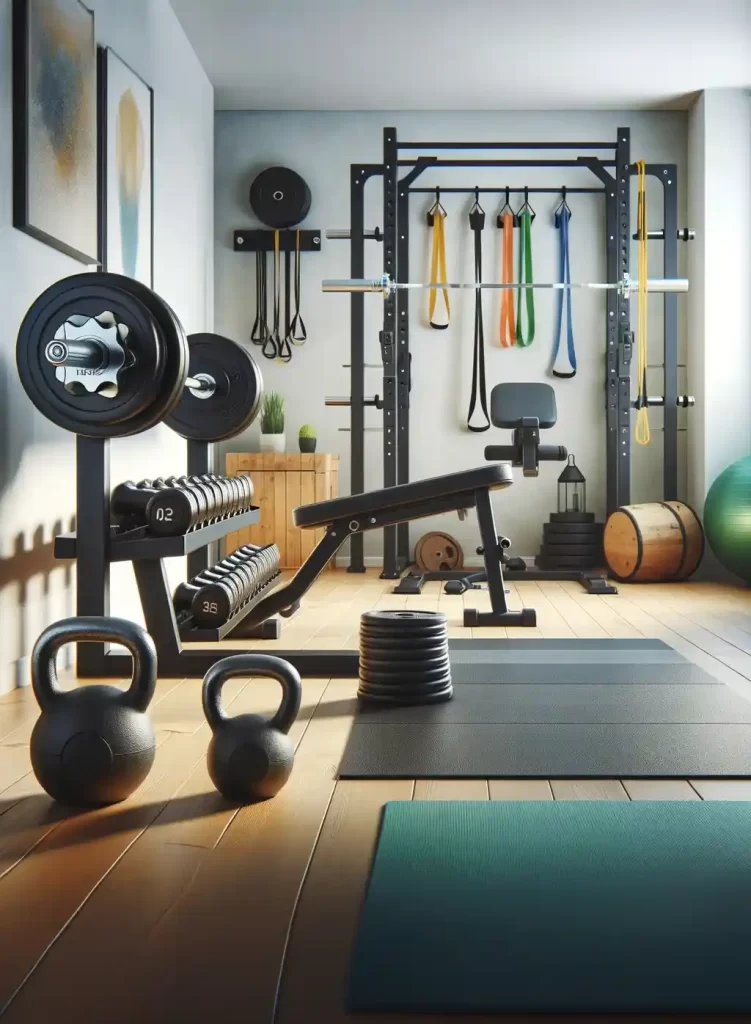

Training Frequency for Each Muscle Group
With strength training, you can engage all the muscles of the body; however, it is vital to understand that muscles need rest, so your training program should be carefully designed.
The optimal frequency for training each muscle group can vary based on individual goals, fitness levels, and recovery rates. However, a general guideline for beginners to follow is:
- Chest: 1-2 times per week
- Back: 1-2 times per week
- Shoulders: 1-2 times per week
- Arms: 1-2 times per week. Since arms are often indirectly worked through compound exercises for other groups, direct arm work may vary.
- Legs: 1-2 times per week. Legs can handle more volume and often respond well to being split across different days (e.g., focusing on quads one day and hamstrings another).
- Core: 2-3 times per week. The core can be engaged in many exercises indirectly but benefits from direct work multiple times per week.
COMMON INJURIES
- Muscle Strains: Overstretching or tearing of muscle fibers, commonly affecting the back, shoulders, and hamstrings.
- Tendinitis: Inflammation or irritation of a tendon, often occurring in the wrists, elbows, and shoulders.
- Sprains: Overstretching or tearing of ligaments, frequently happening in joints like the ankles and knees.
- Rotator Cuff Injuries: Damage to any of the four rotator cuff muscles in the shoulder, affecting mobility and causing pain.
- Lower Back Pain: Strains or discomfort in the lower back region, resulting from improper lifting techniques or overexertion.
- Knee Injuries: Including patellofemoral syndrome (knee pain) or meniscus tears, often due to heavy or improper squatting and lunging.
- Wrist Strain or Sprain: Caused by lifting heavy weights or incorrect hand positioning.
- Shin Splints: Pain along the shin bone, usually from repetitive stress activities like running or jumping.
- Bursitis: Inflammation of the bursae, small fluid-filled sacs cushioning the bones, tendons, and muscles near joints, especially in the shoulder, elbow, and hip.
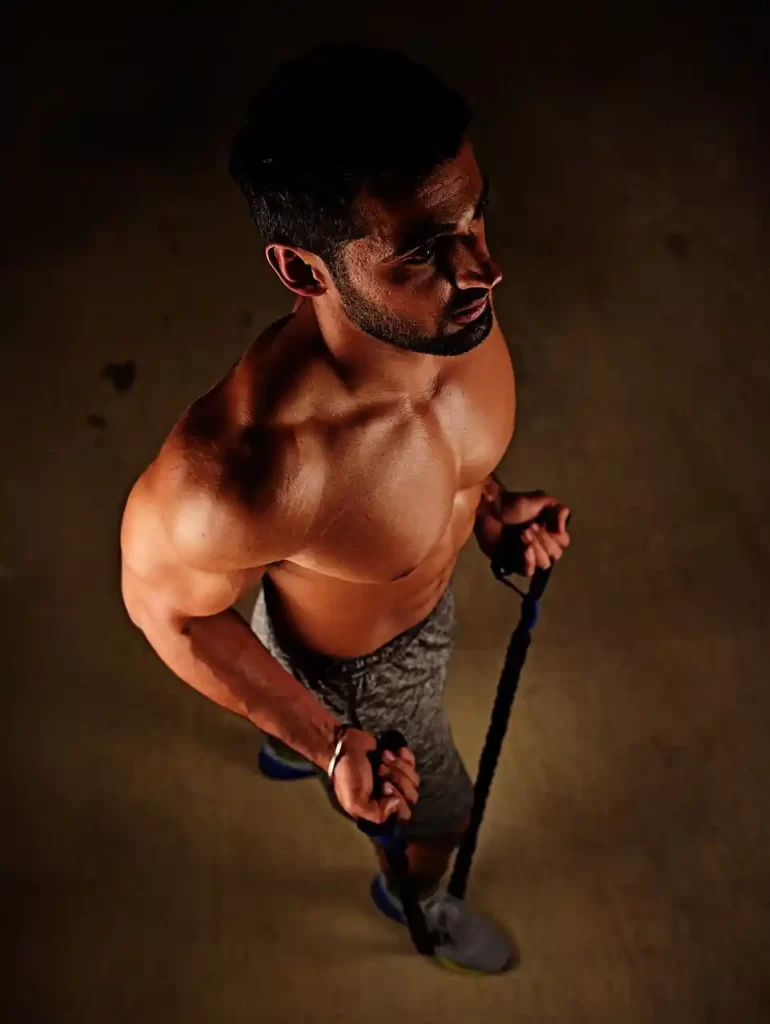
The 10-Minute Strength Solution: Short Workouts for Beginners
When you think about starting strength training, the first image that might come to mind is spending hours in a gym surrounded by heavy weights and complicated machines. For beginners, that picture can feel overwhelming and a little discouraging. The truth is, you don’t need long, exhausting workouts to see…
Read more →
The Efficient Minimalist’s Workout Routine: 4 Moves to Rule Them All
Fitness doesn’t have to be complicated or time-consuming. If simplicity, efficiency, and lasting results appeal, this routine is designed for the true minimalist—those who want the benefits of working out without the overwhelm of equipment, crowded spaces, or lengthy sessions. With just four foundational calisthenics exercises, anyone can build strength,…
Read more →
Why Lifting Lighter Weights Can Make You Stronger
When you think of building strength, images of heavy barbells and gritted teeth probably come to mind. Yet, a growing body of research and real-world experience suggests that lifting lighter weights—when done correctly—can be just as effective, if not more so, for building strength. Let’s explore why lifting lighter doesn’t…
Read more →
Night Running Safety Guide: Essential Gear & Tips for Winter
Winter is here, and with it comes shorter days and longer nights. For many of us with 9-to-5 jobs, that often means our only time to exercise is when the sun is down. Running at night can be incredibly peaceful—the streets are quieter, and the air is crisp—but it does…
Read more →
How to Choose Sports Shoes
When starting a new sport, one of the main issues you face is buying gear—especially the footwear. Walking into a sports store and staring at a wall of 500 different shoes that all look exactly the same but cost wildly different prices can cause serious confusion and anxiety. However, if…
Read more →
How Temperature Affects Your Flexibility
I bet you have heard about hot yoga, a huge trend that has been aroynd for years, promising deeper stretches and greater flexibility thanks to those super-heated rooms. But does increasing the temperature actually lead to better, long-term flexibility gains? Let’s examine how the science to see how different room…
Read more →
The Mental Game: A Beginner’s Guide to Handling Frustration
So, you’ve started playing tennis. You’ve probably realized by now that the ads showing smiling people hitting perfect, effortless shots are misleading. The reality is much closer to clips of top players smashing their rackets in frustration. You’re beginning to understand why—this sport involves a lot of swinging and missing,…
Read more →
Running Is Simple. The Internet Is Not.
You’ve decided to start running. Maybe you’ve seen the relentless online enthusiasm for its life-changing benefits, or perhaps you were inspired watching people crush races, from a local 5K to a full-blown Marathon. You wanted a piece of that feeling, so you laced up your shoes and hit the road.…
Read more →
The 10-Minute Strength Solution: Short Workouts for Beginners
When you think about starting strength training, the first image that might come to mind is spending hours in a gym surrounded by heavy weights and complicated machines. For beginners, that picture can feel overwhelming and a little discouraging. The truth is, you don’t need long, exhausting workouts to see…
Read more →



